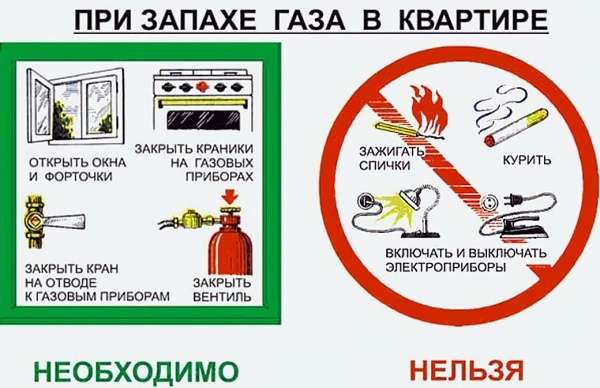
The ABCs of auto tourism: take care of your gas installation
The most popular heating system in the campervan and caravan market is still the gas system. It is also relatively cheap and the most famous solution in literally all of Europe. This is important from the point of view of possible breakdowns and the need for quick repairs.
Gas into the system is usually supplied through gas cylinders, which we need to change from time to time. Ready-made solutions (GasBank) are also gaining popularity, allowing you to fill up to two cylinders at a regular gas station. Pure propane (or a mixture of propane and butane) then flows through hoses around the car to help us heat water or cook food.
Many Internet posts say that we are simply afraid of gas. We are replacing heating systems with diesel ones, and replacing gas stoves with induction stoves, that is, powered by electricity. Is there anything to be afraid of?
Although there are no rules in Poland requiring the owner of a camper or trailer to carry out regular tests, we strongly recommend doing this at least once a year, explains Lukasz Zlotnicki from Campery Złotniccy near Warsaw.
Only gas installations used to power vehicles in Poland are subject to inspection at the diagnostic station. However, in European countries (eg Germany) such a revision is necessary. We carry out tests in accordance with the standards and using devices required on the German market. Based on the results of this audit, we also publish a report. Of course, we attach a copy of the diagnostician’s qualifications to the report. At the customer's request, we can also issue the report in English or German.
Such a document will be useful, for example, when crossing by ferry; some campsites also require its presentation.
We do not recommend checking the tightness of a gas installation using “home” methods; what you need to be sensitive to is the smell of gas. We can also install a gas sensor - their cost is low, but this has a significant impact on safety. If there is a smell of gas inside the car, plug the cylinder and immediately go to the service center, our interlocutor adds.
Gas accidents in a camper or trailer are usually due to human error. Problem number one is incorrect installation of the gas cylinder.
There are a few rules to keep in mind. First: the cylinder that we are replacing must have a working rubber seal at the junction with the installation of our car (it happens that in cylinders that have been in use for a long time, this seal falls out or becomes too deformed). Second: the gas cylinder connected to the installation has the so-called. left-hand thread, i.e. tighten the connection by turning the nut counterclockwise.
Safety is, first of all, checking and replacing those elements that have been “recycled”.
(...) the gas reducer and flexible gas hoses must be replaced at least every 10 years (in the case of new type solutions) or every 5 years (in the case of old type solutions). Of course, it is necessary that the hoses and adapters used have safe connections (for example, connections using a clamp, so-called clamp, are not allowed).
It is worth visiting the workshop where we carry out any repairs and/or reconstruction. After completion of service activities, the operator is obliged to carry out a pressure test for the tightness of the entire installation.
I will highlight four sub-points, certain issues around which discussions and doubts arise:
1. Modern heating appliances and refrigerators have built-in very sophisticated electronically controlled safety systems that shut off the gas supply when the device is not working properly; or gas pressure; or even its composition is incorrect.
2. Gasoline consumption in the summer season, during normal operation of a car or trailer, is so low that the 2 cylinders that we take with us are usually enough for up to a month of use.
3. In the winter season, when we have to constantly heat the interior of a car or trailer, one 11-kilogram cylinder is enough for 3-4 days. You must be prepared for this. Consumption depends on the external and internal temperature, as well as the sound insulation of the car, and is usually an individual issue for each user.
4. While driving, the gas cylinder must be closed and no gas device must be turned on. The exception is when the installation is equipped with a so-called shock sensor. Then the installation is protected from uncontrolled gas flow in the event of an accident or collision.
What additional devices can be installed into the basic system to improve its performance?
There are many possibilities. Starting from Duo Control solutions that allow you to simultaneously connect two cylinders and notify you when the first cylinder needs to be replaced, solutions with shock sensors that allow you to use a gas installation while driving, to the installation of cylinders with replaceable connection systems. or filling systems, for example, with liquefied petroleum gas. Some campervans over 3,5 tonnes have built-in cylinders and we refuel them at the petrol station in the same way as gas-powered vehicles.

